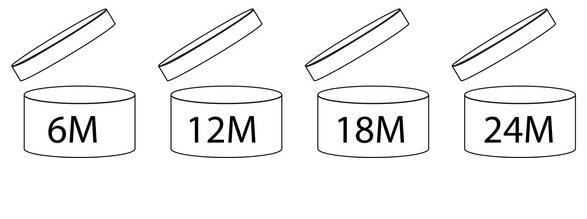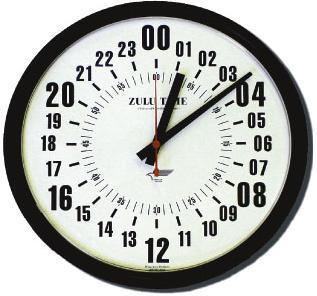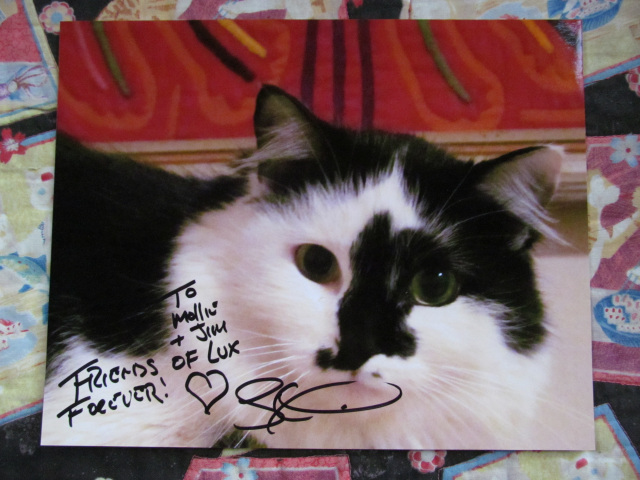If like me you’re guilty of buying skin care products either in bulk or have a habit of opening several products that does the same thing at once, this write up is for you. I use to have a habit of having several types of face serums, sunscreens, face creams all opened up at the same time – I then realised that being “greedy” and wanting to “benefit” from all these products at the same time may not be a good thing.
I’ve had over dozens of beauty products collecting dust on my shelf that sat there way past their expiration date. I just assumed that just because they were unopened, they should be fine.
Boy, was I was wrong.
The thing is that not only will these “active ingredients” stop working, but the ingredients tend to disintegrate and when you apply it on your skin may break down on your skin overtime- creating a possible bacterial infection.
Here are some quick facts to figure out when to toss out your beauty products:
1. PAO (Period After Opening)

If you’re in the UK/ EU you would probably notice one of these symbols printed on your toiletries product. This indicates the PAO (Period After Opening). The letter “M” stands for months and the number in front of it represents the number of months the product is good for after opening.
For instance, if you have a facial cleanser that has “6M” printed on the bottle, that means it has 6 months after opening before it goes bad.
However, for any products that lasts up to 30 months then it is not required to display the PAO symbol. Instead, they are only required to state a “best before” date.
Having the expiration date printed on the packaging is useful however this may not enough. PAO and “best before dates” don’t take into consideration how the products are stored once we bring them home from the shops. If you tend to store your beauty products on the bathroom shelf/ beside a window, this will actually decrease the lifespan of the product due to the exposure the heat or sunlight.
2. Decoding Expiration Terminology
MFE, MFG, M : The date that it was manufactured
EXP, E : The expiration date
BB, BBE, BE : The period of time suggested to use within
6M, 12M, 3M, 24M : The product life span after you open it
(as mentioned above) 6M is within 6 months
12M is within 12 months
K-Beauty Products
’사용기간20200304′ means that the expiration date is March 4th of 2020.
‘2020.04.06.까지’ means it’s up to April 6th of 2020 and you can use it up to this date.
‘2020.04.09.제조’ means it was made on April 9th of 2020.
3. Skin Reactions
This may not sound ideal but another indication of your beauty product has gone bad is that how your skin reacts to it. I have recently found a massive pack of sheet mask in which I purchase from Seoul several years ago. I’ve used it in the past with no issues but for some reason when I recently put it on, my skin started reacting to it- turning red and my cheeks started itching.
That is a good indication of a product gone bad. If this happens wash off any product on your skin and apply a cold compress (towel soaked in cold water).
4. Product Guideline
i) Facial Cleanser: 6- 12 months (Opened), 36 months (unopened)
ii) Toners: Up to 12 months (opened), 36 months (unopened)
iii) Face & Eye Moisturisers (without anti-oxidants/ retinoids/ SPF): Up to 18 months
iv) Serums, Sleeping Masks, Face & Eye Moisturisers (with anti-oxidants/ retinoids/ SPF) :
These ingredients tend to oxidise (lose their efficacy) once its exposed to air/ light. Therefore it is important to take their packaging into account:
- Jar Packaging:
- 1-2 months (please refrain from using your fingers to “dip” into the jar as the effectiveness would break down and even with “clean hands” your hands would have bacterias. Therefore, this would contaminate the cream. Use a spatula instead.
- Opaque (or airless pump) tube/bottle:
- Up to 9 months. Even if the bottle is opaque it is best to refrain from placing the bottle under direct sunlight as the ingredients would break down.
- New York Times has reported that anti-acne products containing Benzoyl peroxide have a shelf life of three months once opened
Also, please refrain form purchasing a Vitamin C serum which contains “aqua” (water). Water-based Vitamin C serums are incredibly unstable and prone to oxidisation. Meaning the oxidisation process has already begun even prior to the product leaving the factory. Be warned that some companies actually add colouring agent into their formula to mask Vitamin C oxidisation. Therefore, be wary about formulas that have colouring added into them.
v) Sunscreens: Up to 12 months. Do not use expired sunscreen. Applying expired sunscreen is just as good as not applying any sunscreen at all.
vi) Natural/ Organic Products: These products tend to be more delicate by nature. Usually containing little to no preservative and therefore more prone to bacteria contamination. Usually 4-6 months (unless indicated otherwise).
vii) Makeup:
- Mascara & liquid liner: 3 months. Toss even sooner if it’s dried out or if you’ve had an eye infection.
- Liquid foundation and concealer: 6 months – 1 year
- Powder-based cosmetics (i.e: eyeshadows and powder foundation): 2 to 3 years
- Lipsticks and Glosses: 2 to 3 years. If you’ve had a cold sore, toss your lip products sooner.
- Eye and lip pencils: 3 to 5 years. Sharpen after use for hygiene.
X,

Share this:





